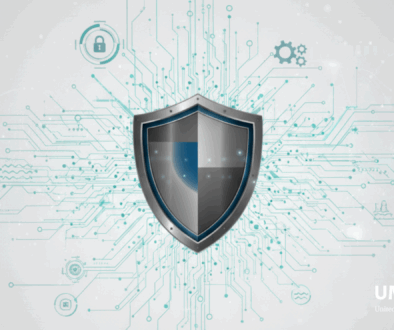Cyber Resilience: The Cornerstone of Modern Business Continuity

Author: Marie Strawser, UMSA Managing Director
October 22, 2025
For decades, business continuity has been a core discipline for organizations preparing to withstand disruptions, natural disasters, system outages, supply chain interruptions, or human error. But in today’s environment, the nature of disruption has changed. Cyber threats now rank among the most significant risks to operations, reputation, and revenue.
In fact, cyber incidents are no longer “just” an IT issue—they represent business crises in their own right. This shift demands a new perspective: cyber resilience is the new business continuity.
Why Cybersecurity Must Be Seen as Business Continuity
Traditional continuity planning has focused on physical threats and recovery processes, such as relocating staff or restoring backup systems. But these frameworks often fail to account for the persistent, adaptive, and targeted nature of cyberattacks.
![]() A ransomware strike that paralyzes an organization’s systems can be every bit as disruptive as a hurricane, earthquake, or prolonged power outage. Unlike many physical disasters, however, cyber incidents can spread globally within minutes, often with little to no warning.
A ransomware strike that paralyzes an organization’s systems can be every bit as disruptive as a hurricane, earthquake, or prolonged power outage. Unlike many physical disasters, however, cyber incidents can spread globally within minutes, often with little to no warning.
This is why business continuity without cyber resilience is incomplete. A continuity plan that fails to consider how to withstand, respond to, and recover from cyberattacks leaves an organization dangerously vulnerable.
Building Cyber Resilience Into Continuity Strategy
To align cybersecurity with continuity, organizations should focus on:
-
Integrating Cyber Into Risk Assessments
Resilience begins with understanding vulnerabilities. Cyber risks must be included in enterprise risk assessments alongside operational, financial, and environmental risks.
-
Embedding Security in Critical Functions
Cyber resilience means ensuring that core processes—such as payments, communications, logistics, and customer access—can continue securely even during an attack. Redundancy isn’t enough; security must be built into the fallback systems.
-
Testing With Cyber-Focused Scenarios
Tabletop exercises and business continuity drills should simulate cyberattacks as often as natural disasters. Practicing for ransomware, data exfiltration, or supply chain compromise equips teams to act quickly and cohesively when a real incident occurs.
-
Bridging IT and Business Leadership
Cyber resilience requires executives, boards, and business leaders to engage—not just the CIO or CISO. Clear communication and decision-making structures should be part of every continuity plan.
- Balancing Recovery with Reputation
The cost of a breach extends beyond downtime. Regulatory fines, customer churn, and reputational damage can far outweigh technical recovery costs. A resilience strategy must address how the organization communicates and protects trust during and after an incident.
The Strategic Advantage of Cyber Resilience
![]() Resilient organizations view cybersecurity not as a barrier to innovation, but as a strategic enabler. When systems are secure, customers trust digital services, partners feel confident in their collaborations, and boards know that critical operations can withstand disruptions.
Resilient organizations view cybersecurity not as a barrier to innovation, but as a strategic enabler. When systems are secure, customers trust digital services, partners feel confident in their collaborations, and boards know that critical operations can withstand disruptions.
By embedding cyber resilience into business continuity, organizations move from a reactive stance to a proactive one—ready not just to survive cyber incidents, but to maintain stability, trust, and growth despite them.
Final Thought
The definition of continuity has evolved. Where once the focus was on floods and fires, today’s most significant risks come from keyboards and code. Cyber resilience is no longer optional—it is business continuity. Organizations that embrace this mindset will be best positioned to thrive in an unpredictable, digitally connected world.


